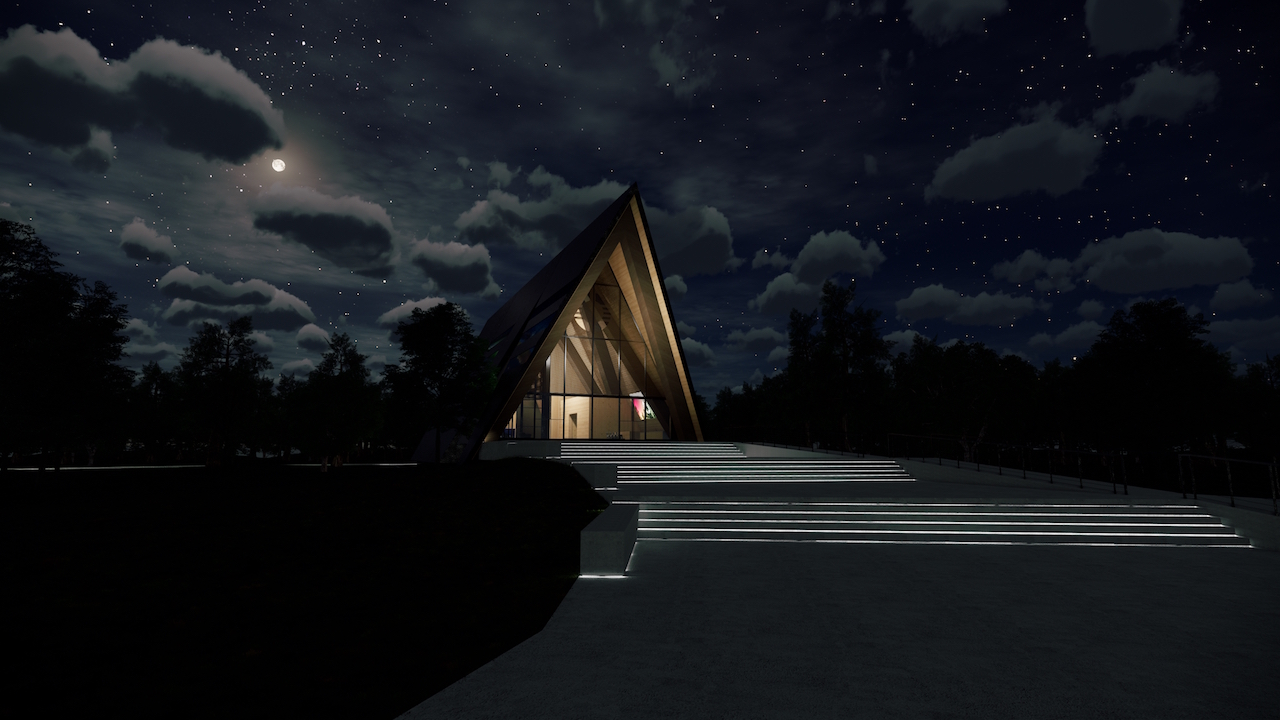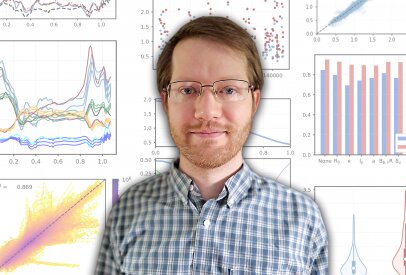The headquarters of the European Commission in Brussels, Belgium.
Two reports submitted last week to the European Commission to help it decide whether to include nuclear energy in the “EU taxonomy”—a classification system establishing a list of environmentally sustainable economic activities for the European Union—could end up prolonging the decision-making process, as the reports are not in full agreement on the matter.
U.S. Nuclear Regulatory Commission headquarters (photo: U.S. NRC)
The Nuclear Regulatory Commission has halted efforts to consider allowing U.S. nuclear power plant owners to request 40-year license renewals for their facilities, the agency announced on Facebook and Twitter on July 2. Currently, the maximum potential operating lifespan for a plant is 80 years: 40 years with the original license, 20 more with an initial license renewal, and another 20 with a second renewal.
Argonne marks its 75th anniversary on July 1. (Image: Argonne)
Seventy-five years ago today, on July 1, 1946, the first U.S. national laboratory was chartered with the singular mission of developing the peaceful uses of nuclear energy. Now, the Department of Energy’s Argonne National Laboratory is one of the nation’s largest science laboratories, working on diverse challenges in energy, climate, science, medicine, and national security.
Laurent Clement, EDF Middle East chief executive officer (seated, left), and Ahmed Al Mazrouei, ENEC vice president of R&D (seated, right), sign a letter of intent on June 30 to cooperate on nuclear R&D. Looking on are Hervé Maillart, head coordinator of the French nuclear industry at EDF (left), and ENEC CEO Mohamed Al Hammadi. (Photo: ENEC)
Électricité de France has signed a letter of intent with the Emirates Nuclear Energy Corporation to develop a memorandum of understanding for cooperation on research and development in the nuclear energy sector.
India’s Kudankulam plant, during the June 29 Unit 5 construction launch ceremony. Photo: Rosatom
Work on the third phase of the multi-reactor project at India’s Kudankulam nuclear power plant formally commenced earlier this week with the first pouring of concrete into the foundation plate of the Unit 5 reactor building.
A rendering of Ultra Safe Nuclear Corporation’s micro modular reactor as proposed for construction on the University of Illinois at Urbana-Champaign campus. (Graphic: USNC)
The U.S. state with more nuclear power plants than any other—Illinois—has no operating university research reactors. A team at the University of Illinois at Urbana-Champaign (UIUC) intends to reverse that situation and construct a high-temperature gas-cooled microreactor. If the team's plans go ahead, the first new U.S. university research reactor deployment in about 30 years could also support commercial advanced reactor deployment.
The Hope Creek nuclear power plant
New Jersey’s Public Service Enterprise Group has announced its intention to achieve net-zero emissions by 2030, shaving two decades off its previously announced target date of 2050. PSEG is owner of the Hope Creek nuclear plant and is co-owner, with Exelon, of the Salem plant.
The Cernavoda plant, in southeastern Romania. Photo: Wikimedia Commons/Zlatko Krastev
Romania has ratified a draft intergovernmental agreement signed in 2020 with the United States on cooperation in the field of nuclear energy. Initialed last October by Romania’s energy minister, Virgil Popescu, and the then U.S. energy secretary Dan Brouillette, the agreement, reportedly worth some $8 billion, calls for cooperation on completing the construction of Units 3 and 4 at Romania’s Cernavoda nuclear power plant, as well as the refurbishment of Unit 1. The European Commission gave its nod to the agreement last November.
An artist's rendition of Oklo’s Aurora powerhouse. (Image: Gensler)
California-based Oklo has received a $2 million cost-share award from the Department of Energy for the commercialization of advanced fuel recycling capabilities by using electrorefining technology. Oklo is matching $1 million in funds and is partnering with the DOE and Argonne National Laboratory on this public-private partnership, which is intended to help reduce fuel costs for advanced reactor designs while reducing waste by turning used fuel into advanced reactor fuel.



















